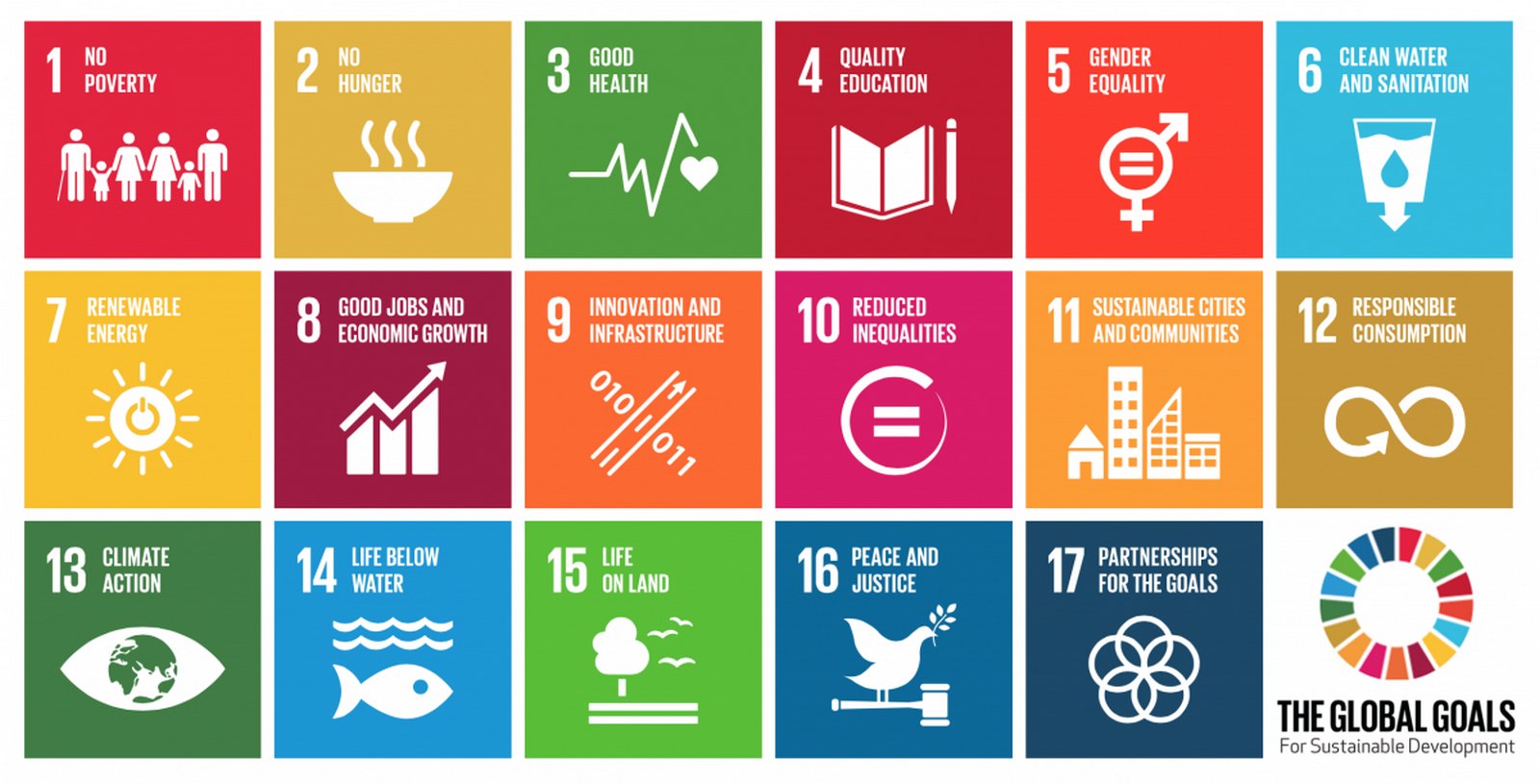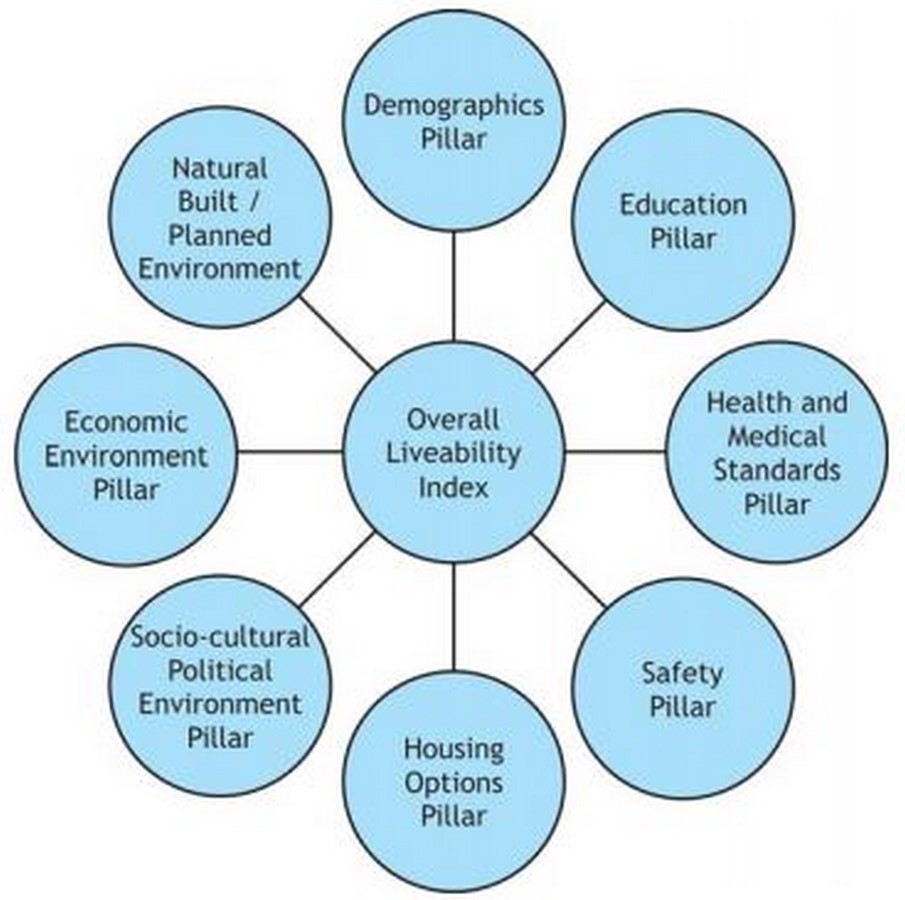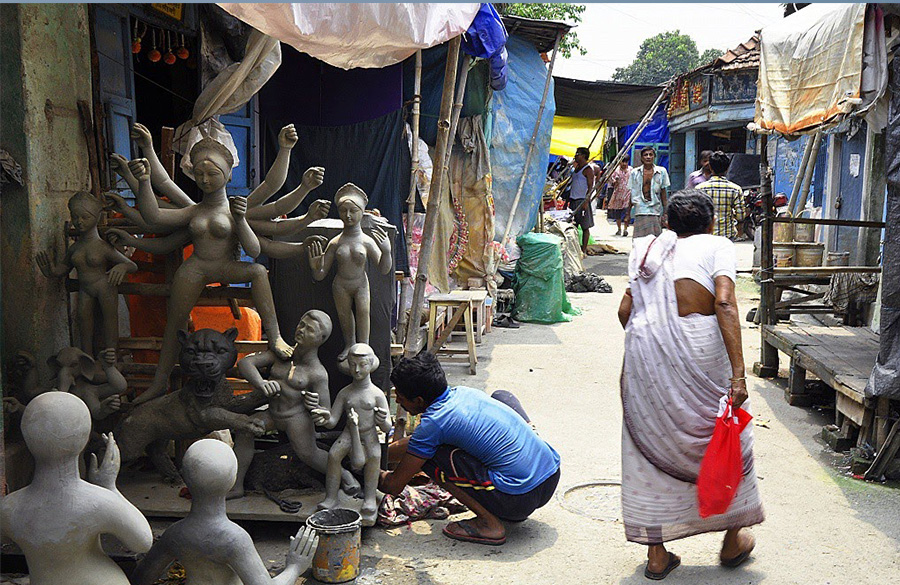Oxford defines sustainability as the use of natural products and energy in a way that doesn’t harm the environment. Brundtland Report states it as “Development that meets the present’s needs without compromising future generations’ ability to meet their own needs.” The concept of sustainability has its origin dating back to the 18th century but has become a mandatory language to be practiced, especially in the development guild and building industry. Today, sustainable built environment revolves around Air, Water, Food, Shelter, Energy, and Power. And the aspects through which they are achieved are Rejection or positive buying, Reduction, Reuse, Recycle, and Regeneration. The key to architectural sustainability is to be sensitive enough to cause minimum damage to natural ecology.
Sustainability as a concept is needed to be discussed, taught, and practiced because now we are in the times of depleting ecology. There are ways to practice this language, but possible only if the designers are sensitive about its significance. Sustainability has indicators, i.e., Economic, Environmental, and Social. But the concept of sustainability is misinterpreted as a green factor, which is only one of the many aspects. The social sustainability that can be indicated qualitatively through livability is ignored.
Livability is the quality of life of the communities dwelling in a specific environment. It includes the built and natural environment but is also based on psychological factors like emotion and perception. Studies prove that livability in and around a space affects the whole community regarding its health, economy, education, social life, and culture. Winston Churchill stated, “We shape buildings; after that, they shape us,” we need to understand the post-occupancy effect of the space on the society and design accordingly.

Restructuring is expected to contribute to more favorable neighborhoods, not only in the physical sense (better dwellings, etc.) but also in the social and the economic sense (crime, social cohesion, employment, etc.) Well-being is a significant aspect of determining the quality of life of an occupant. In a modern culture, where individuals spend more than 90% of their time indoors, with more than 70% of their time at home, architecture’s essential role is to provide occupants’ health, physiological comfort, satisfaction, and productivity. The concept of health is exceptional for identifying the idea of a “sustainable built environment” in terms of building performances (i.e., indoor air quality, thermal comfort, lighting quality, and acoustics).
A sustainable activity must balance human needs with the carrying capacity of natural and cultural environments. A healthy building is free of hazardous material and capable of fostering the occupants’ health and comfort during its entire life cycle, supporting social needs, and enhancing productivity. A product may save energy and perform well; however, if it does not positively affect the occupants’ comfort and improve productivity, it is NOT sustainable. Building aesthetics is also added value to bear in mind, intending to contribute to psychological comfort, but the effect of beauty is tough to measure.
Sustainability balances economic, social, and environmental goals with objectives that involve indirect and long-term impacts. Livability regards the subset of sustainability goals that directly affect the community, with factors such as local economic development, local environmental quality, equity, affordability, public safety and health, and community cohesion. In the past decades, the study of urban form has become more complex, shifting from a built-up area’s physical characteristics to a multifaceted approach. As part of this new approach, the socio-spatial processes of sustainable built environment that generate urban form need to be considered. The spatial development of the city is significant to guarantee the livability of spaces.

Livability is about the “now” or “about to be.” It also tends to be about the “here,” with standards for livability varying not only from country to country but from city to city. Livability seems more immediate and tangible, and thus more achievable. Creating livable communities, rather than sustainable ones, also lies within the purview of local agencies, planners, architects, and policy and investment makers, who shape the environment within which people’s needs and aspirations unfold. In many instances, laws and regulations exist that help ensure the promotion and maintenance of safe buildings, reliable water, energy provision, a clean environment, education, jobs, public health, and other livable city elements.
The Merriam Webster online dictionary broadly refers to livability as ‘Suitability for human living.’ People want to spend their lives in a built environment, which is harmonious for raising their families and have good connectivity with the rest of the city to facilitate accessibility to various amenities with comfort. In short, the physical built environment consisting of planned urban spaces of a residential locality and socio-economic factors affect that locality’s livability. Livability is a very subjective notion that argues how to assess life quality because each person has different values on one’s life’s critical aspects.

The notion of a livable city has not yet endured its usefulness. It is gradually maturing to embrace the dynamics that for so long tormented its various definitions and applications. Along the way, new approaches for data collection, analysis and visualization, modeling and stakeholder engagement, technology development and deployment, and institutional design and policy will help planners and decision-makers connect what is here and now with what is still lacking to meet people’s needs and want, now and in the future.


















